Smoke Signals: Proof of Progression Isn't Always in the Numbers.
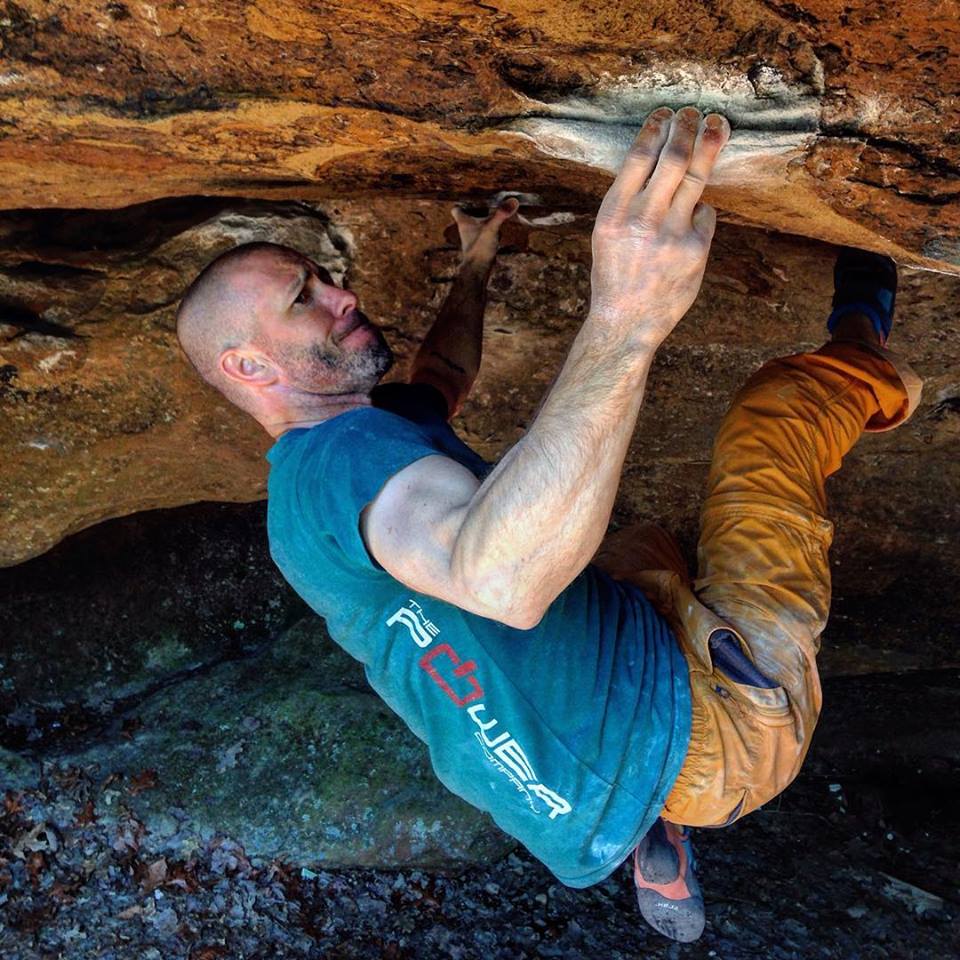
We measure our sport in numbers. A silly concept, really, but it's what we've got, and I've come to accept that. However, as an individual, I reserve the right to measure my own progressions however the hell I want to, and often times, the numbers don't quite reflect what I know to be the truth.
This past winter, for the first time ever, I focused my efforts on doing hard boulders. I hadn't climbed V10, and I wanted to, because the number represented the next level in my progression. Coming off of major shoulder surgery less than 9 months earlier, I trained using our Kettlebells for Climbers plan (see link at end of post), rings, and very short, very difficult boulders. I zeroed in on tension moves that required me to full crimp, since that is by far my weakest grip. Quickly, I climbed my first V10, albeit a soft one, (nothing wrong with soft grades - without them there couldn't be stiff grades!) called "Honeycomb Roof" in Dayton, Tennessee.
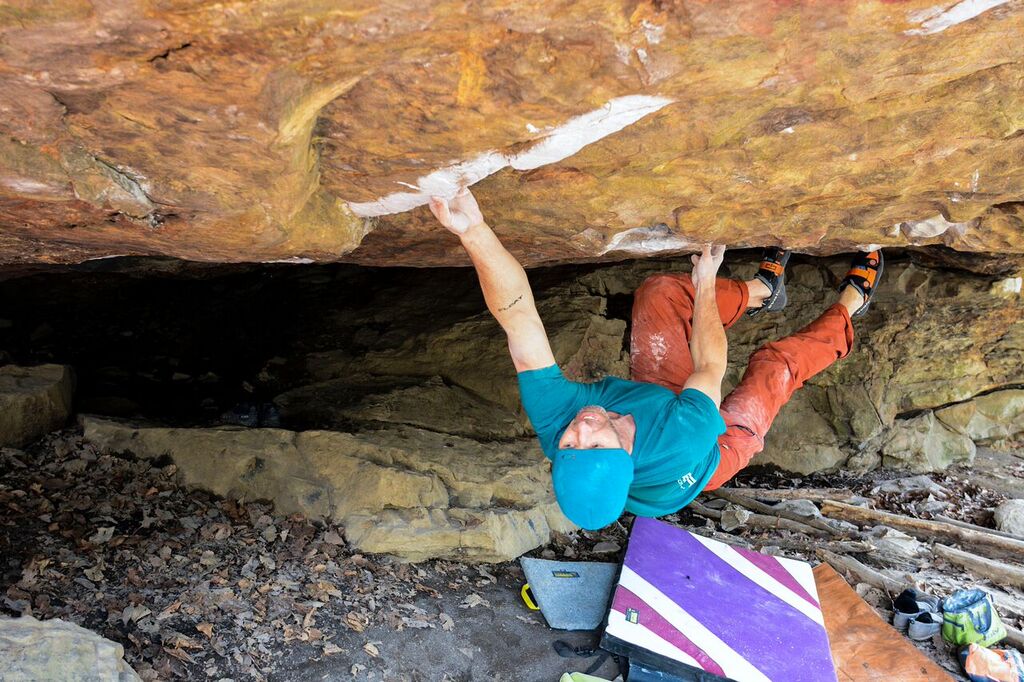
Photo by Joe Segreti. www.joe-segreti.com
That wasn't enough. I trained more. The next month, in two quick sessions, I sent my next V10, "Hustle and Flow" at The Hospital Boulders in Alabama.
Still, I felt my progression hadn't necessarily been reflected. I had climbed two V10's, and while that was a new level for me, I knew I could do more. V11? Maybe, and I will, but there was a harder (for me) V10 that needed to be next.
"Smoke Signals." Red River Gorge.
I had tried it prior to injuring my shoulder, and couldn't do several of the moves. It was going to push my shoulder to its limits, so I approached with caution and reverence. Slowly it revealed its secrets, and I made steady progress.
I pulled on to work the initial moves, the hardest for me, and before I knew it, I was facing the final big move, the one that most threatened to dangerously disengage my shoulder. I breathed. I tightened my core. I believed. I executed.
I was on top.
My third V10. Same number, big progression.
We use numbers to measure our sport. I'll use perspective to measure my progress.
Featured Training Plan:
Check out our Kettlebells for Climbers plan that I used to prepare for V10. It's a great introduction to a versatile training tool that you can begin using with only a small investment, and virtually no loss of space. If you're interested in hearing more about kettlebells and how they can help your climbing, be sure to listen to my talk with Paul Corsaro, co-author of the plan.
This week we're watching In Sequence: Katie Lamb and the Craft of Hard Bouldering from Patagonia Films!
Kris and Nate discuss the new climbing film, Soudain Seul, and lessons from it that we can use in our own climbing.
Lowball boulders, while not as proud, can still teach us new movement, new ways to utilize tension, and force us into finding new techniques.
I never thought I’d be recommending this, but some of y’all should be putting less effort into becoming technically better climbers.
Does kneebarring hard boulders make you stronger? We're conflicted.
Kris and Nate sit down to discuss some of the perks and pitfalls of climbing in today’s modern mega gyms.
Looking for a winter bouldering destination with endless rock, hosting classic problems of every grade? Look no further than Chattanooga.
Who is stronger: sport climbers or boulderers?
100 Boulders and Mango Tango: Kerry Scott gets after it. Consistently.
Hidden in the desert outside El Paso, Texas lies an oasis for boulderers and wildlife alike: Hueco Tanks.
Questions from listeners about home climbing walls and spray walls.
A completely subjective list of the objectively best double digit boulders in the US from Eric Jerome.
Improvement comes from challenges, not from the number they are given. If you focus on being challenged and trying hard, then the numbers will follow.
If you’re lacking psych, and have some extra time on your hands (is this all of us***?) here is a curated list of great content to keep you motivated in the coming weeks.
Bouldering is the best training for sport climbing. Or is it?
When we get geographically close to the top of a boulder, we believe that means we're close to the send. Sometimes, yes. But oftentimes, no.
Dark Horse. Climber's Climber. Undercover Crusher. Whatever you want to call it, today's guest Brian Antheunisse may be it.
We live in an age of fast food bouldering. Gym boulders are turned over more frequently than ever before. You can try 2,500 different V7’s on a Moon Board before you have to move on to V8.
We sit down in Hueco Tanks with bouldering pioneer John Sherman to discuss California Condors, his lengthy list of accomplishments, and his most infamous creation: the V scale.
Peter Bonamici is a midwest bouldering legend.
Which is better – building a grade pyramid or a tower – and how might one or the other impact your future climbing?
Discussion around grades can be so polarizing that many of us avoid the topic.
In an ideal world, grades would be objective and we’d have some universal formula for how they’re decided. But we don't live in an ideal world.
Or any grade, for that matter. Boulder or sport.
A climber since 1994, Kris was a traddie for 12 years before he discovered the gymnastic movement inherent in sport climbing and bouldering. Through dedicated training and practice, he eventually built to ascents of 5.14 and V11.
Kris started Power Company Climbing in 2006 as a place to share training info with his friends, and still specializes in working with full time "regular" folks. He's always available for coaching sessions and training workshops.

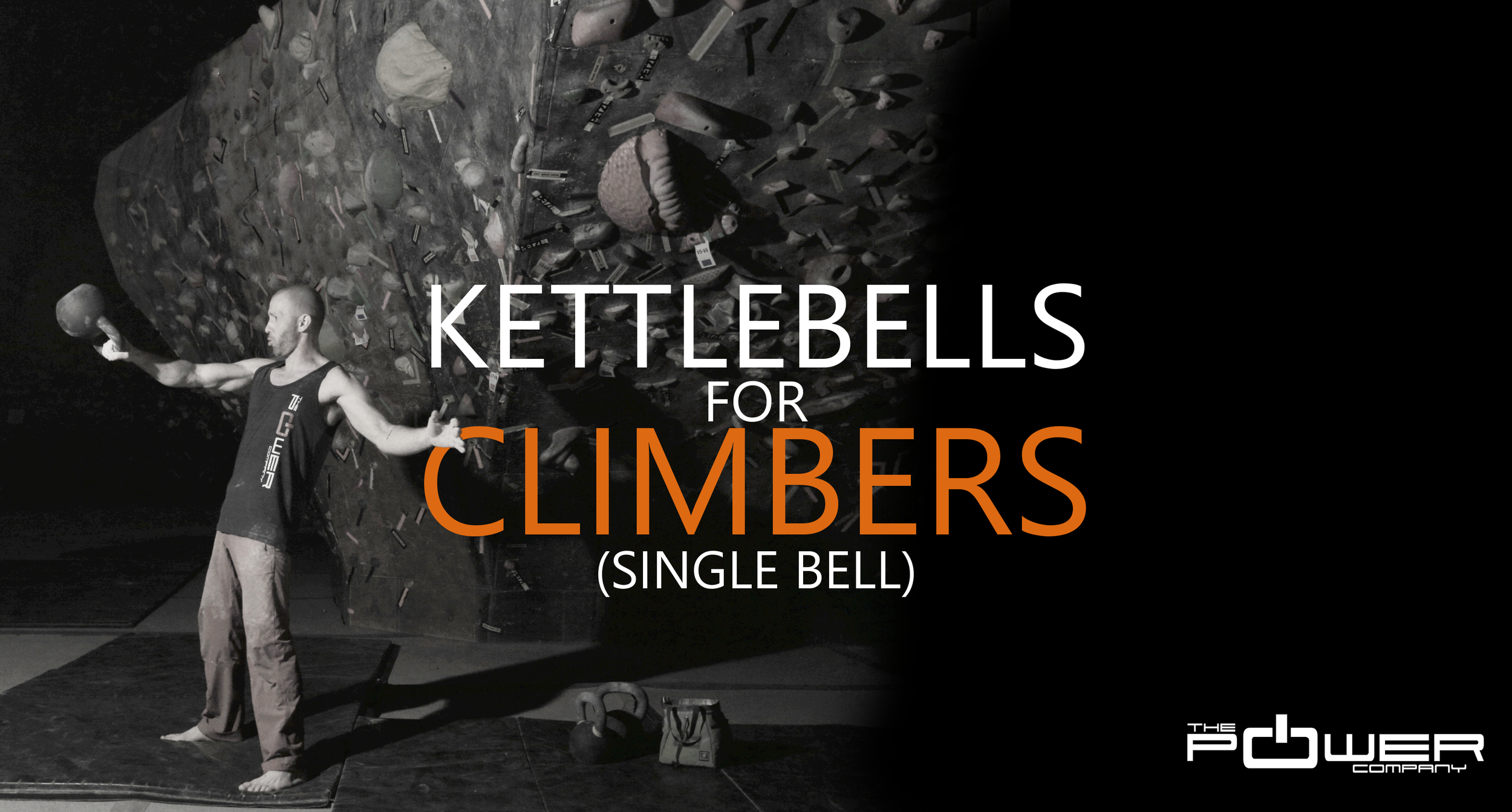

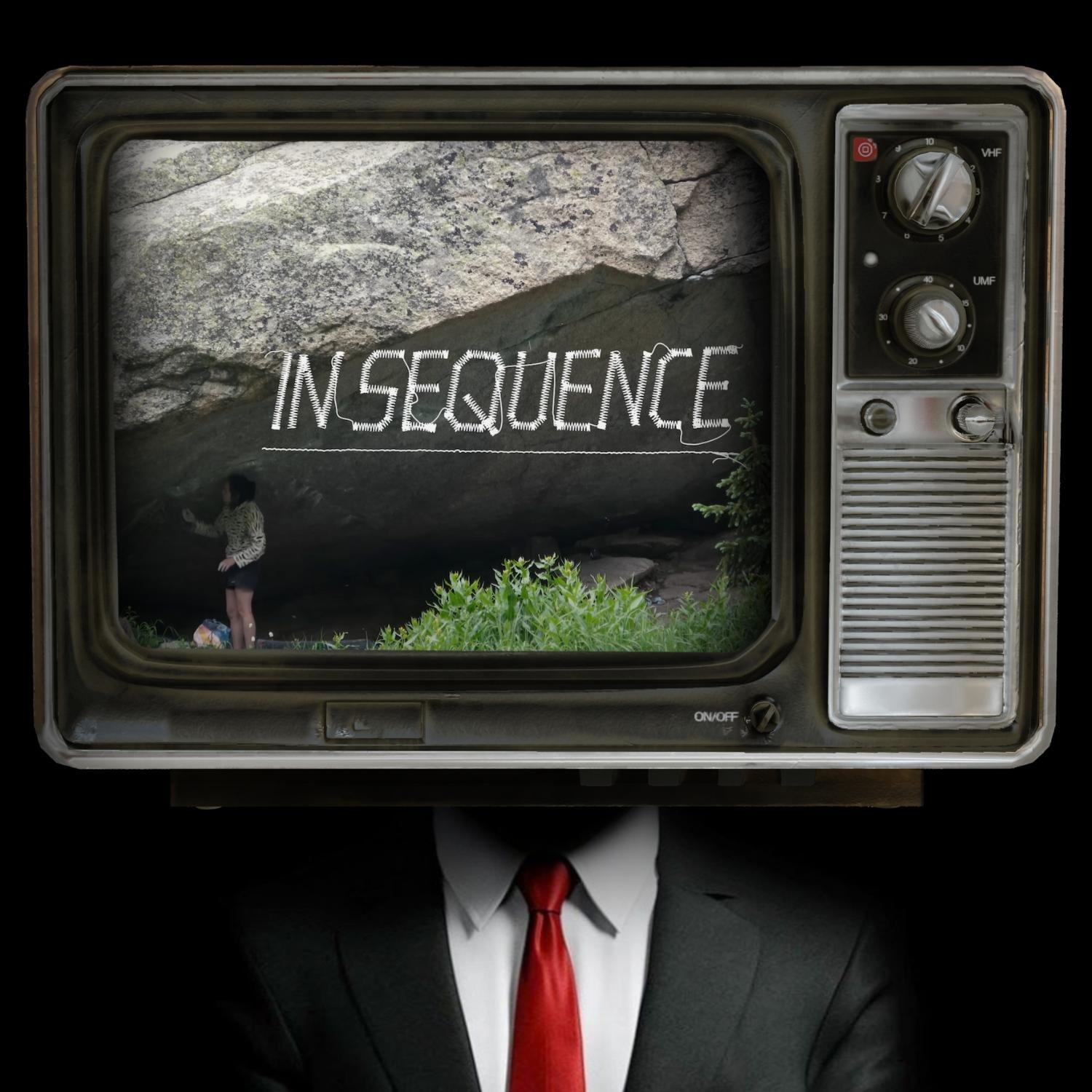
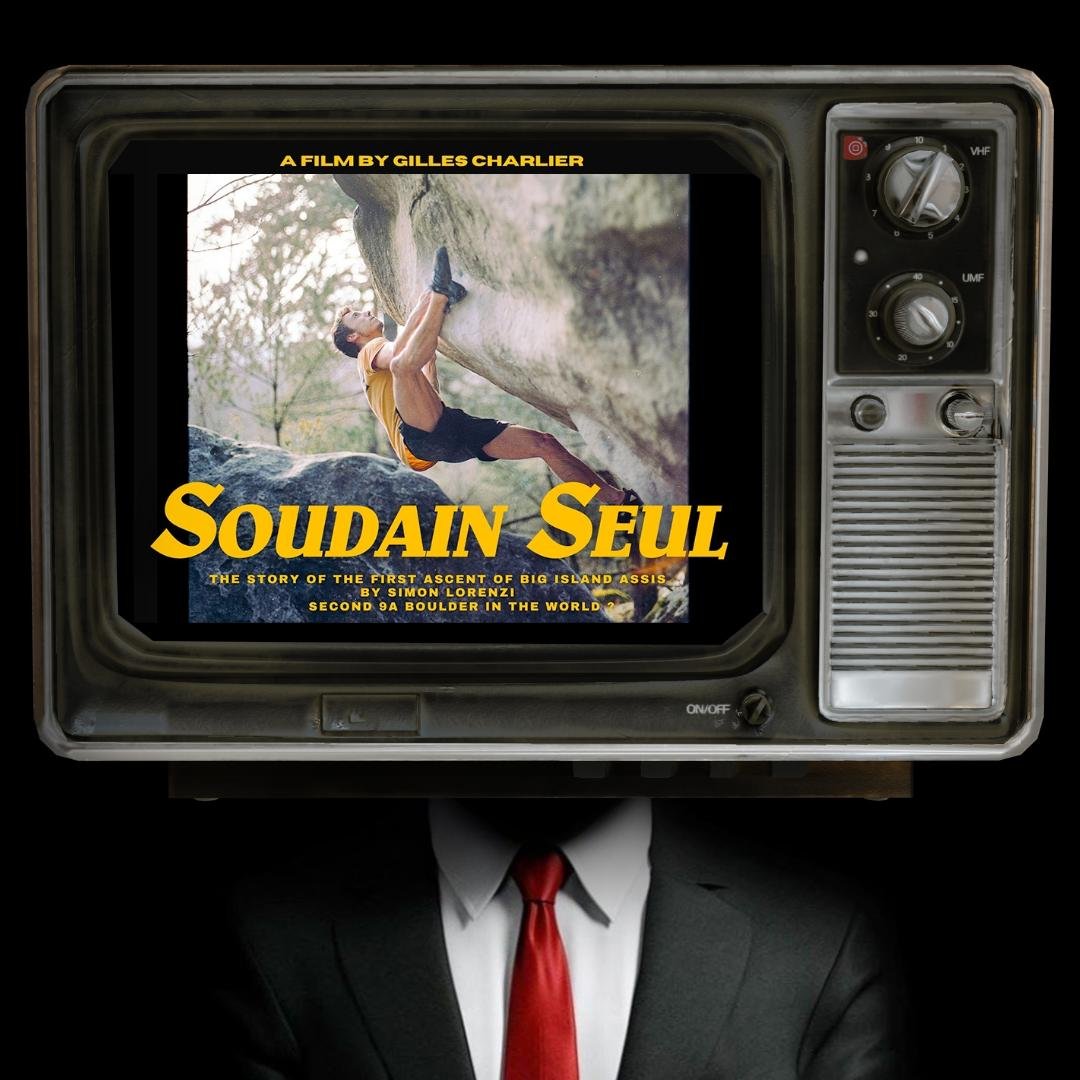





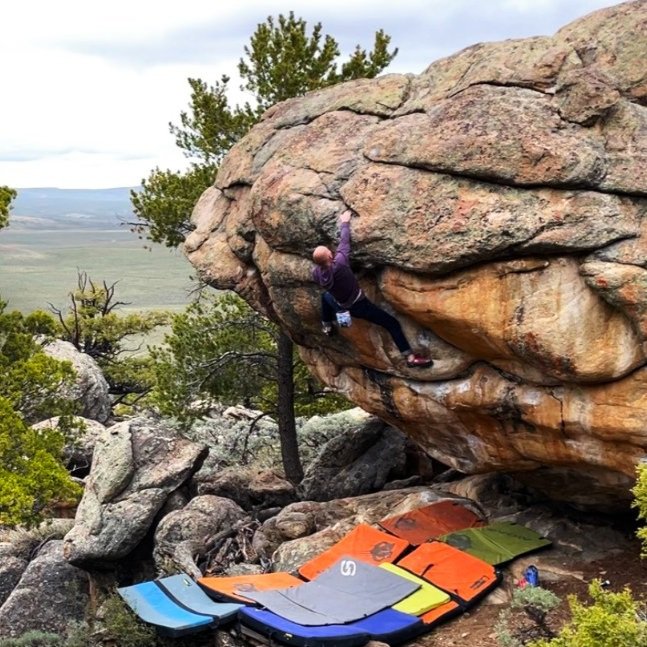

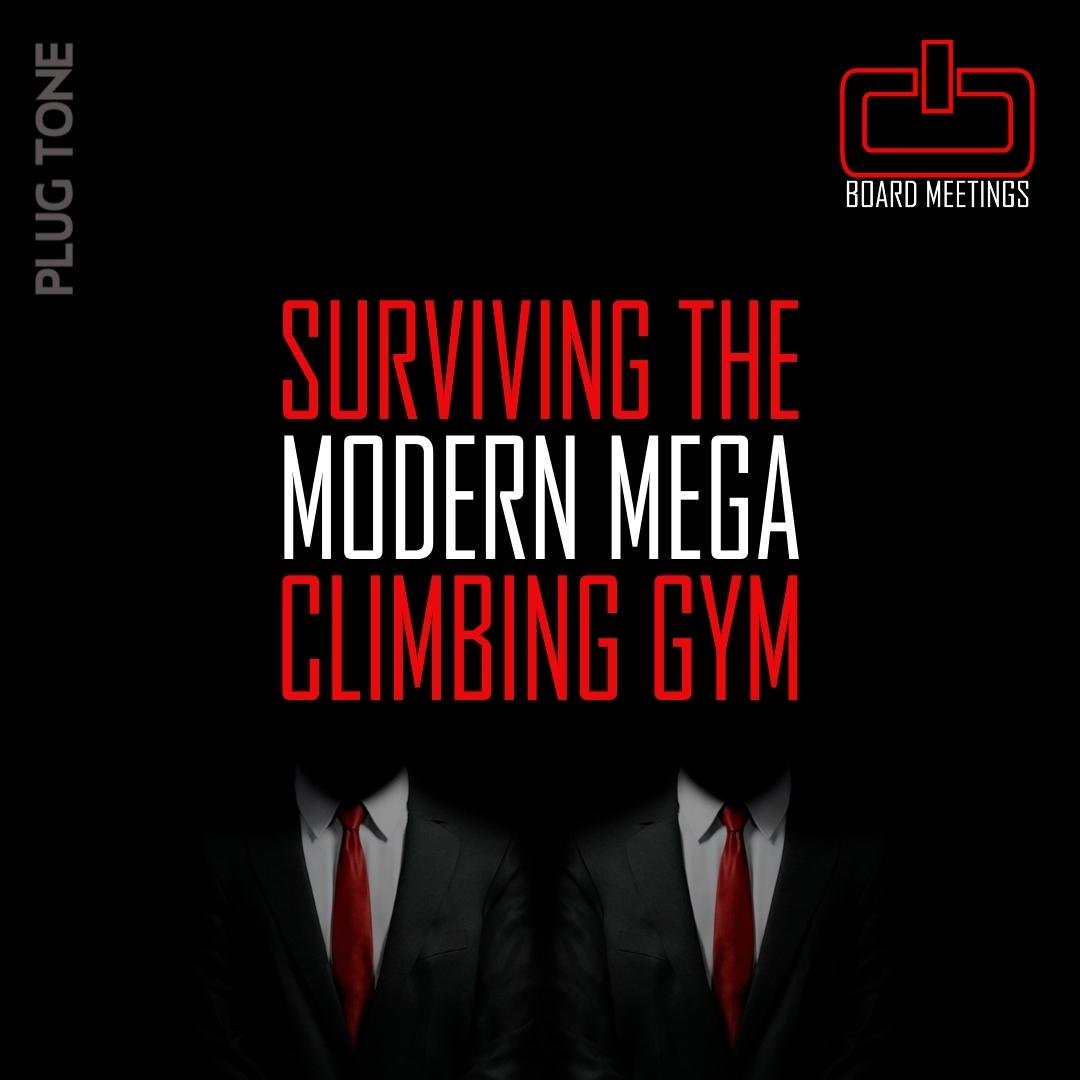









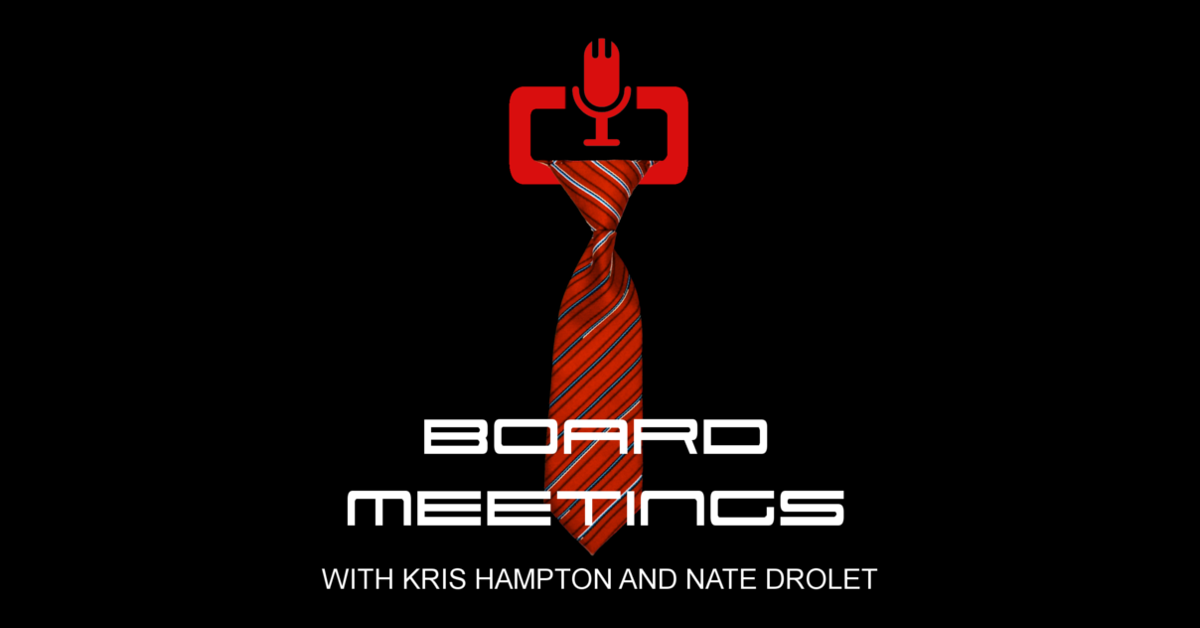











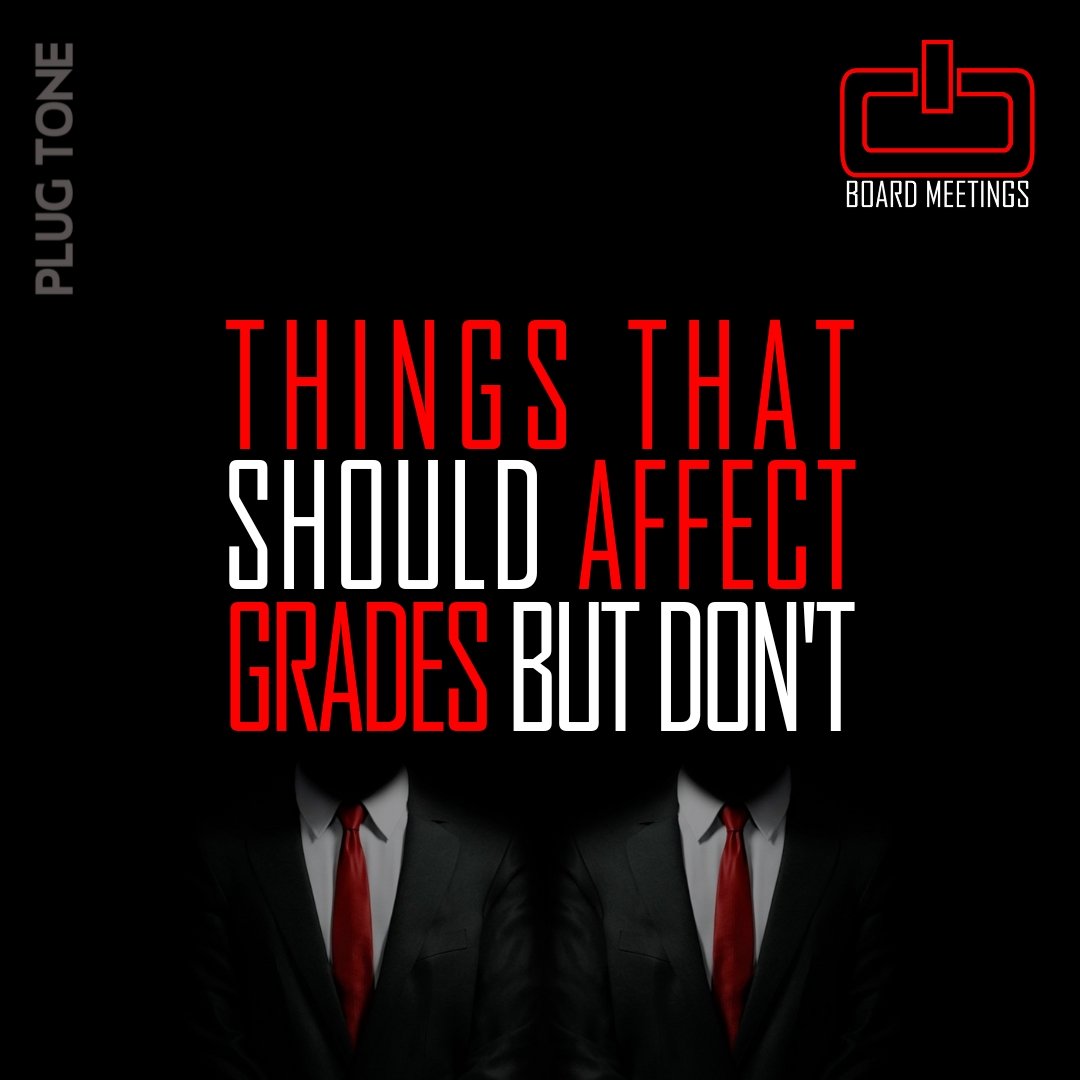


Big moves on boards won’t help you build this skillset that can help boulderers break through common grade plateaus.